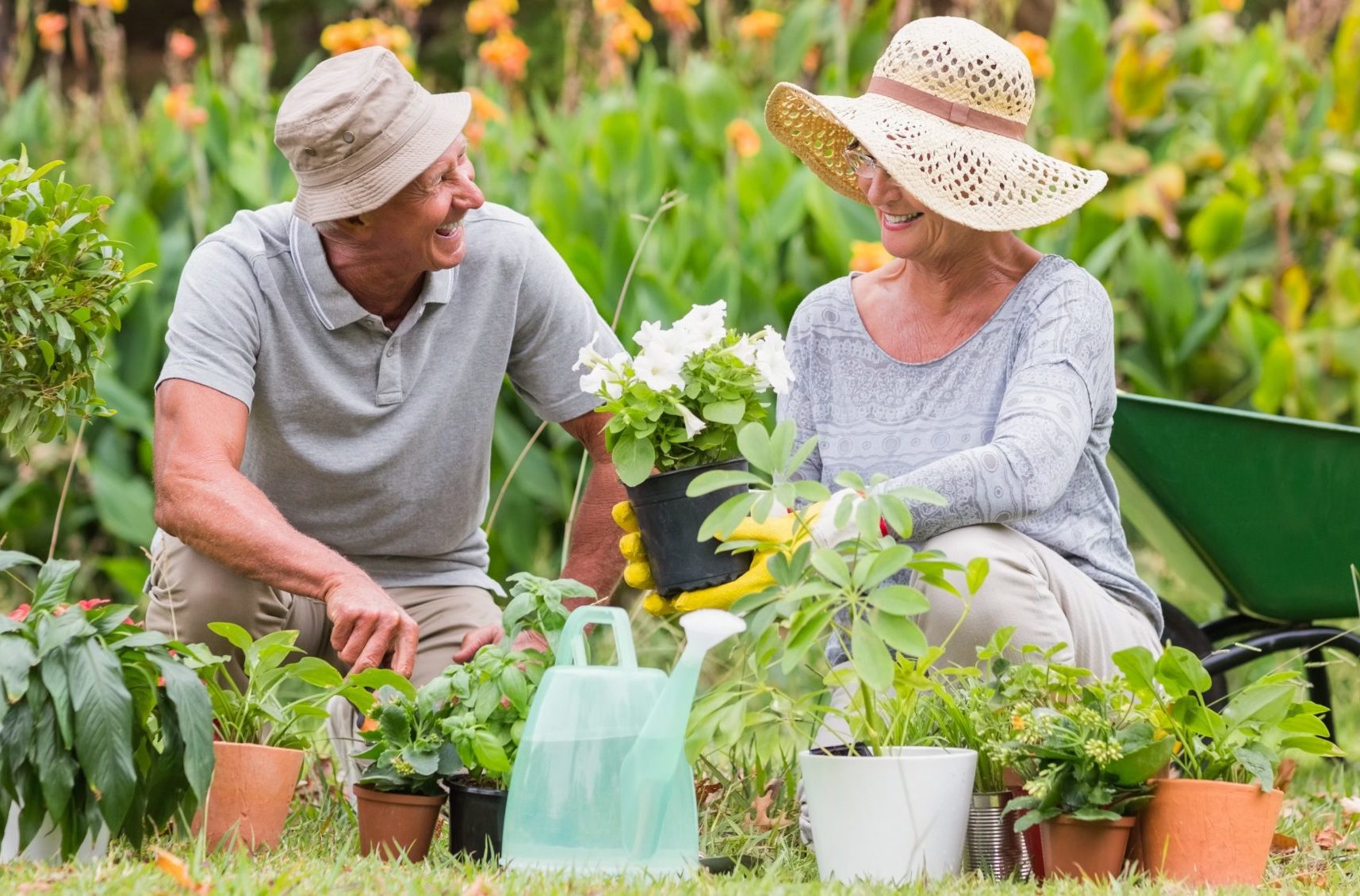Digging In: The Essential Master Gardening Tools for Beginners
From Seed to Grow: A Beginner's Overview to Gardening Success
:max_bytes(150000):strip_icc()/GettyImages-165831199-56d751df3df78cfb37da972c.jpg)
Picking the Right Seeds
To make certain a successful yard, you require to select the appropriate seeds for your growing problems and preferred plants. Various plants flourish in various climates, so it's critical to pick seeds that are ideal for your particular area. On the other hand, if you live in a cooler climate with much shorter expanding seasons, look for seeds that have a much shorter maturity duration.
Some plants prefer sandy dirt, while others prosper in clay or fertile soil. Some plants, like tomatoes and peppers, need full sun to prosper, while others, such as leafy environment-friendlies, can tolerate partial color.
Last but not least, consider your desired plants and their specific requirements. Pick seeds for selections that you appreciate consuming and that will certainly expand well in your garden if you want to grow vegetables. Choose seeds for plants that will complement each various other in terms of flower, color, and elevation time if you're interested in blossoms. By thoroughly choosing the best seeds for your expanding problems and desired plants, you'll establish yourself up for a successful yard.
Preparing the Soil
Since you've picked the right seeds for your yard, it's time to prepare the soil for optimum growth. Preparing the dirt is a critical step in horticulture success, as it offers the structure for your plants to prosper.
Start by eliminating any kind of weeds or debris from the location where you plan to plant (gardening tips for beginners). Weeds can complete with your plants for nutrients and water, so it is essential to get rid of them prior to planting. Use a yard fork or hoe to loosen the dirt, separating any type of globs and producing a loose, brittle structure
Following, it's time to boost the dirt's fertility. Add raw material, such as garden compost or well-rotted manure, to enhance the dirt and give essential nutrients. Spread a layer of raw material over the dirt and use a garden fork or rake to include it into the top couple of inches. This will certainly aid improve drainage, wetness retention, and vitamins and mineral schedule for your plants.
Many plants choose a slightly acidic to neutral pH, around 6.0 to 7.0. You can purchase a soil testing set from a yard center or send out a sample to a lab for analysis.
Planting and Watering Techniques
When it comes to planting, make sure to adhere to the directions on the seed packets or plant tags. Different plants have various demands for planting depth and spacing.
It is crucial to sprinkle your plants appropriately to promote healthy development. The key is to give enough water without sinking the plants. When watering, aim to moisten the dirt equally, making sure that the water gets to the plant's roots.
To establish when to water, inspect the dampness degree of the dirt by inserting your finger regarding an inch deep. It's time to water if it really feels dry. Think about making use of a watering can or a tube with a gentle spray nozzle to stay clear of damaging fragile plants.
Nurturing and Maintaining Your Garden
Supporting and preserving your yard is vital in order to keep your plants growing and healthy and balanced. Regularly get rid of any undesirable plants that may complete with your garden for nutrients and space. Using a layer of mulch around your plants assists conserve wetness, suppress weeds, and control soil temperature.
Harvesting and Enjoying the Fruits of Your Labor
When can you start reaping the incentives of your hard job in the garden? The response depends on the sort of plants you have grown. Some veggies, like lettuce and radishes, can be harvested as quickly as they get to a desirable dimension (gardening kit for beginners). Others, such as peppers and tomatoes, need a longer growing period prior to they are all set to be selected.
To establish if your vegetables are ready for harvest, you need to look for certain indications. They need to conveniently detach from the vine when gently pulled.
When harvesting, it is necessary to make use of the correct devices and strategies. A sharp set of pruning shears or a yard blade can be utilized to easily reduce veggies from the plant. Be sure to gather in the morning when the temperatures are cooler, as this will certainly assist keep the quality of your fruit and vegetables.
When you have gathered your vegetables, it's time to enjoy the fruits of your labor. Freshly picked veggies can be made use of in a selection of tasty meals, from salads to stir-fries. Additionally, you can preserve your harvest by canning, freezing, or drying them to delight in throughout the year.

Final Thought
By adhering to these beginner-friendly methods, you are well on your means to nurturing a prospering garden. Keep in mind to provide your plants the care and focus they need, and quickly you will certainly be taking pleasure in the beauty and bounty of your extremely own yard.
To guarantee a successful yard, you require to choose the best seeds for your growing conditions and preferred plants. By carefully selecting the best seeds for your expanding problems and wanted gardening kit for beginners plants, you'll set yourself up for a successful garden.
Weeds can contend with your plants for nutrients and water, so it's crucial to obtain rid of them prior to growing. When it comes to planting, make certain to adhere to the guidelines on the seed packages or plant tags. Various plants have various needs for growing deepness and spacing.